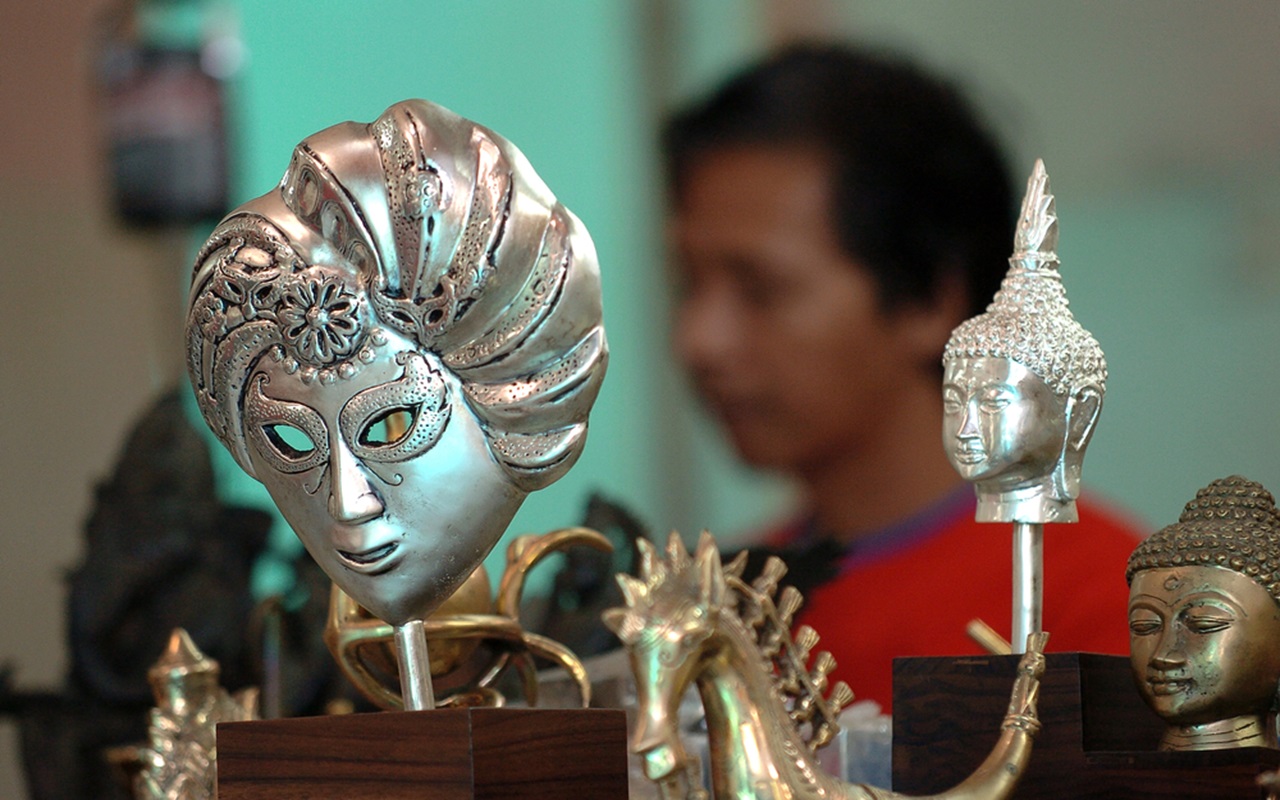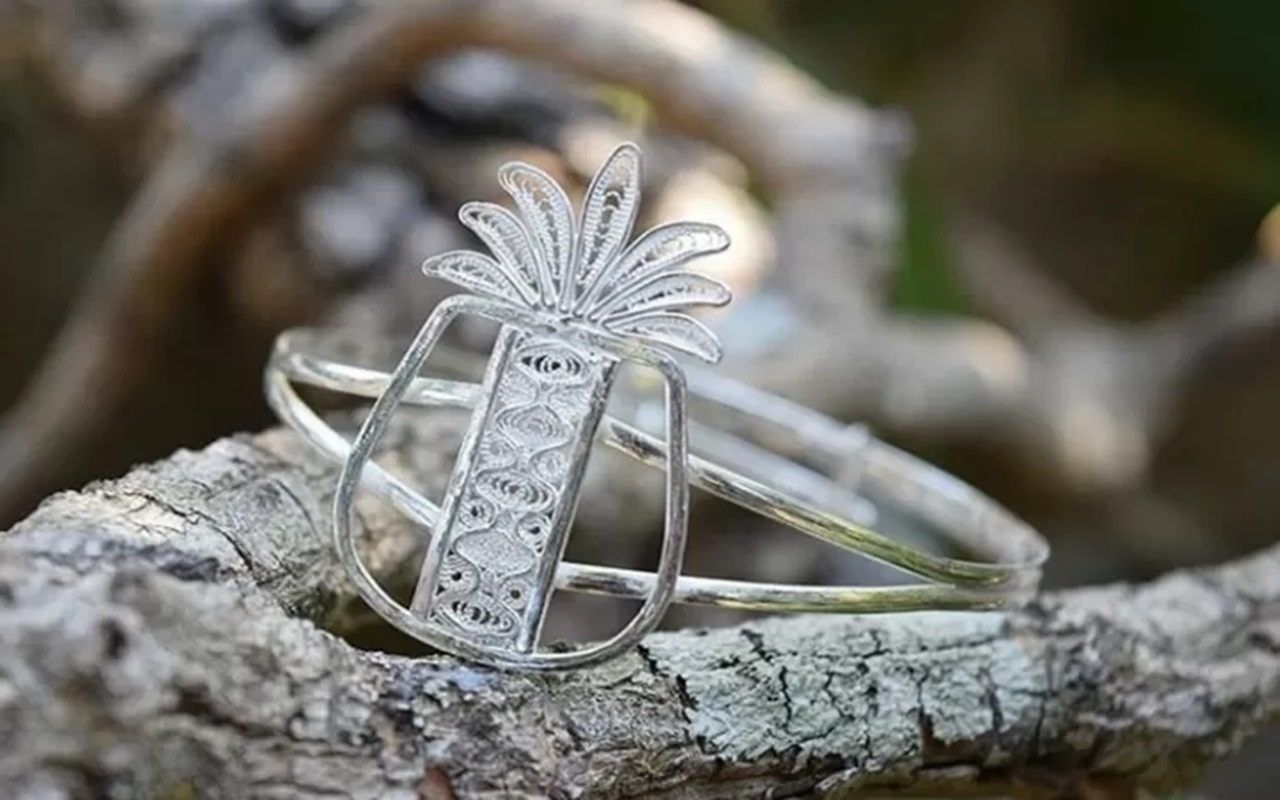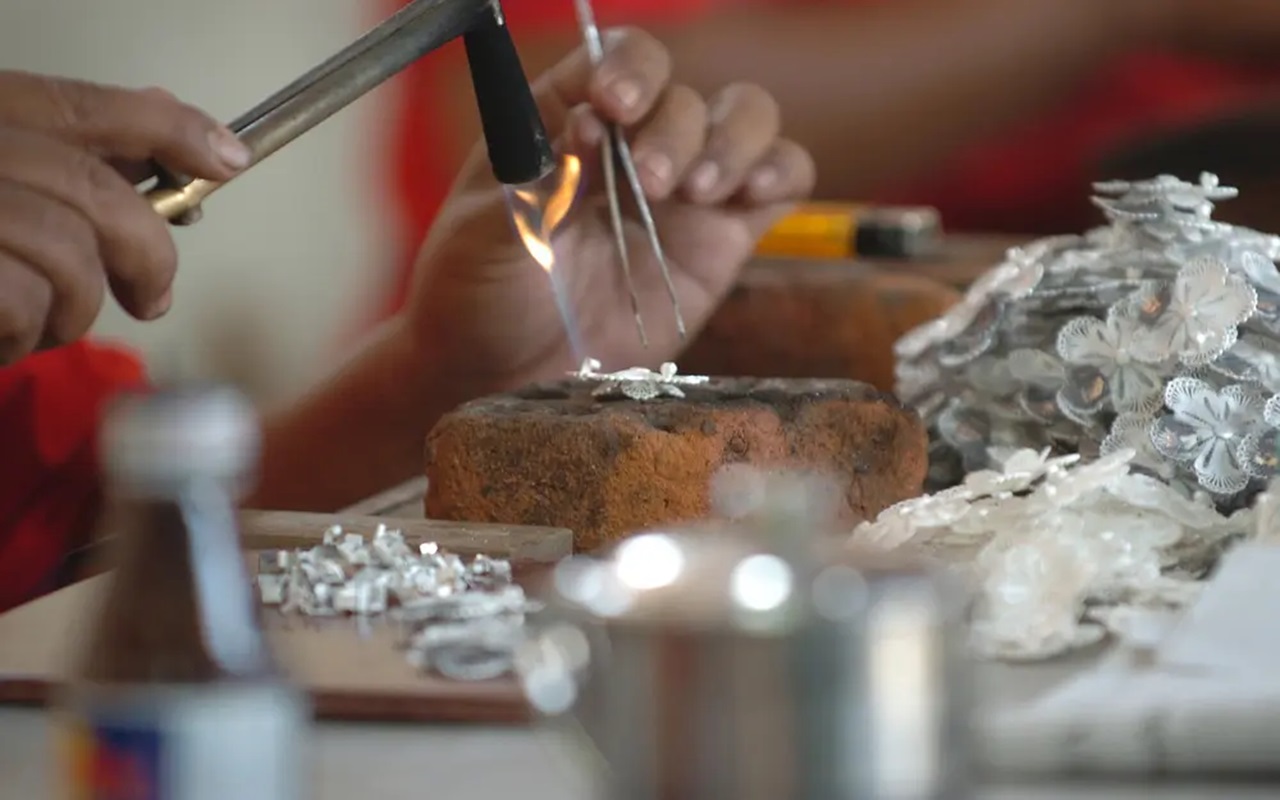Nestled in the heart of Yogyakarta, the historic district of Kotagede is renowned for its rich cultural legacy, where centuries-old traditions are meticulously preserved and passed down through generations. Among its most celebrated crafts is silverwork, a legacy that dates back to the 16th century, when Kotagede was the capital of the Mataram Kingdom. Today, the silver artisans of Kotagede continue to breathe life into this ancient craft, producing exquisite jewelry, ornaments, and fine works of art embodying the heritage and the vibrant spirit of this Javanese community. From the delicate chisels of the past to the modern designs of the present, Kotagede's silver craft remains a symbol of cultural resilience and timeless beauty.
Shining Through Time The Silver Heritage of Kotagede
Not only is Yogyakarta rich in tourist destinations and delicious cuisine, but it also produces a variety of crafts that are equally popular. One of the unique crafts from Yogyakarta that always attracts many visitors is the distinctive silver craft of Kotagede.
Located in the heart of Yogyakarta, Kotagede’s silver craft has existed since the Dutch colonial era, initially serving the needs of the Keraton. However, it was Mary Agnes, the wife of the Dutch East Indies Governor at the time, who helped develop the silver industry in Kotagede.
Today, Kotagede remains a prominent center for silver craftsmanship in Indonesia, attracting domestic and international visitors. The abundance of silver craft shops in Kotagede is a testament to how many residents rely on this thriving industry for their livelihoods.
The expertise of Kotagede's silver artisans in creating intricate engravings has been passed down through generations. These artisans have crafted a wide variety of unique and distinctive handmade items, ranging from rings, brooches, bicycle and car miniatures, to jewelry and other accessories.

Even after the fall of the Mataram Kingdom, the tradition of silver crafting endured. The skills and techniques passed from generation to generation, preserving the essence of Kotagede’s craftsmanship. Today, visitors can still see the same traditional methods in action, where artisans use hand tools, intricate designs, and meticulous techniques passed down over centuries. You will also find a wide range of prices, from tens of thousands to millions of rupiah, depending on the complexity of the craftsmanship. Kotagede’s silver crafts are also widely exported abroad.
In the 18th century, the Keraton designated Kotagede as the center for silver craftsmanship to meet the needs of the palace, producing intricate and high quality works of art and engravings. Kotagede's silver craft gained international recognition in the 1930s, when Mary Agnes Van Gesseler Versvir, the wife of the Dutch East Indies Governor who governed Yogyakarta from 1929 to 1939, was so impressed by the craftsmanship that she ordered numerous pieces to be sent to the Netherlands. During this period, the entire silver craft industry experienced significant growth.

The silver industry in Kotagede does more than just sustain local livelihoods, it plays a crucial role in preserving the cultural identity of the region. The silver workshops, many of which have been passed down through multiple generations, serve as living museums of tradition. Visitors can tour these workshops, learning about the history of silver in Kotagede, watching artisans at work, and even trying their hand at crafting their pieces. Kotagede’s silver legacy is more than just a craft, it is a symbol of cultural pride, resilience, and the enduring beauty of Javanese heritage. Whether you are a collector, a lover of art, or simply someone in search of a unique souvenir, Kotagede’s silver offers a glimpse into a rich past and a bright future.




 Annissa Wulan
Annissa Wulan
 Dec 19, 2024
Dec 19, 2024